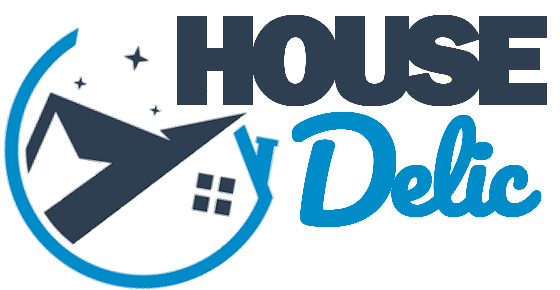
5 Steps for a Debt-Free Life
Debts can make life stressful and leave you with little or no savings. You work hard daily to make sure all your bills are paid, but at the end of the day have no extra money for other investments, entertainment or leisure. At this moment, you wonder if all the hard work is worth the effort.
If you are in a situation where you are not happy at all with your debt commitments, then consider these important steps to improve your situation:
1. Tackling Debts

A debt is a heavy weight on your shoulders. It slows you down in life and keeps you tied up with payment obligations. You will never be free or have peace of mind until all your debts are cleared. The first step to freeing yourself from debts is to tackle your debts and to control future possible borrowings. Start considering a debt consolidation strategy to manage all your debts and to see how best to remove or consolidate them.
2. Planning and developing a payment plan

Debts include some of the essentials in life such as financing for a vehicle and paying a mortgage, but there are other debts that you don’t really need such as credit cards or loans. Prepare a budget of how much you pay on general expenses, mortgage and other essentials.
Review how much of your income goes into your loans or credit cards and see what you can remove as quickly as possible, so you don’t have to worry about the payment or increased interest rates long-term. Prioritize on the high interest debts and plan to reduce the time-frame for paying back that debt.
3. Consolidation

Having to worry about 2 or 3 debts can be daunting especially on a limited budget. The best is to combine all these debts into one consolidated debt that you can afford to pay over a period. When you consolidate the debts, you can work with the lender on a payment plan that suits your budget both in the amount you will have to pay and the time it will take.
Consolidation can help to reduce the interest rate and the number of payments to one affordable monthly payment. Consolidation also ensures that debts are not accumulated overtime and it helps to keep the spending under control.
4. Cut costs and change spending habits

This will be a difficult step to take, but when you review your costs and expenses closely, you might find unnecessary expenses that you can live without such as regular dining at restaurants, shopping, expensive phone plans and so forth. Track your spending and identify areas where you can cut back. By cutting expenses and changing spending habits, you will be surprised by the funds available to pay off your debts.
5. Seek professional advice

If the first few steps have not really improved your situation and you find yourself still struggling to make payments or even make ends meet, you should consider contacting a professional credit counsellor who will be able to support you with setting up a debt management program. They can provide you with insight on all your payment options that makes more sense for you in your situation. The Credit Counselor will work with your lenders and negotiate with them in developing a repayment plan that involves reduced interest rates and smaller affordable payments.
Debts are not unsolvable, the sooner you tackle it, the sooner you pay if off. With a little bit of discipline planning and budgeting, you have peace of mind, your debts are being paid, and you are closer to living a debt-free life. Removing debts mean you have more money for savings and vacations when you want to take one.
